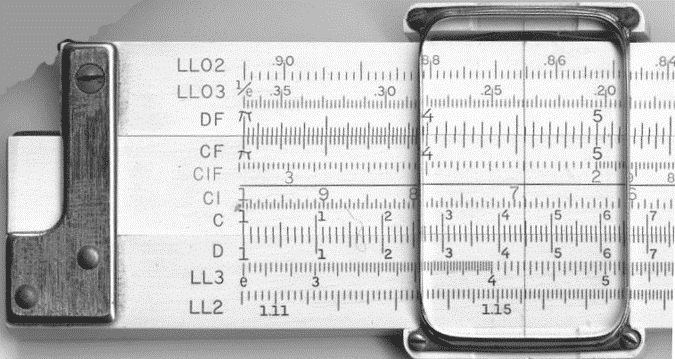The topic of whether to use a crack growth method or a continuum damage method for product fatigue and durability assessment has long been debated.... Continue reading
Return to previous page


